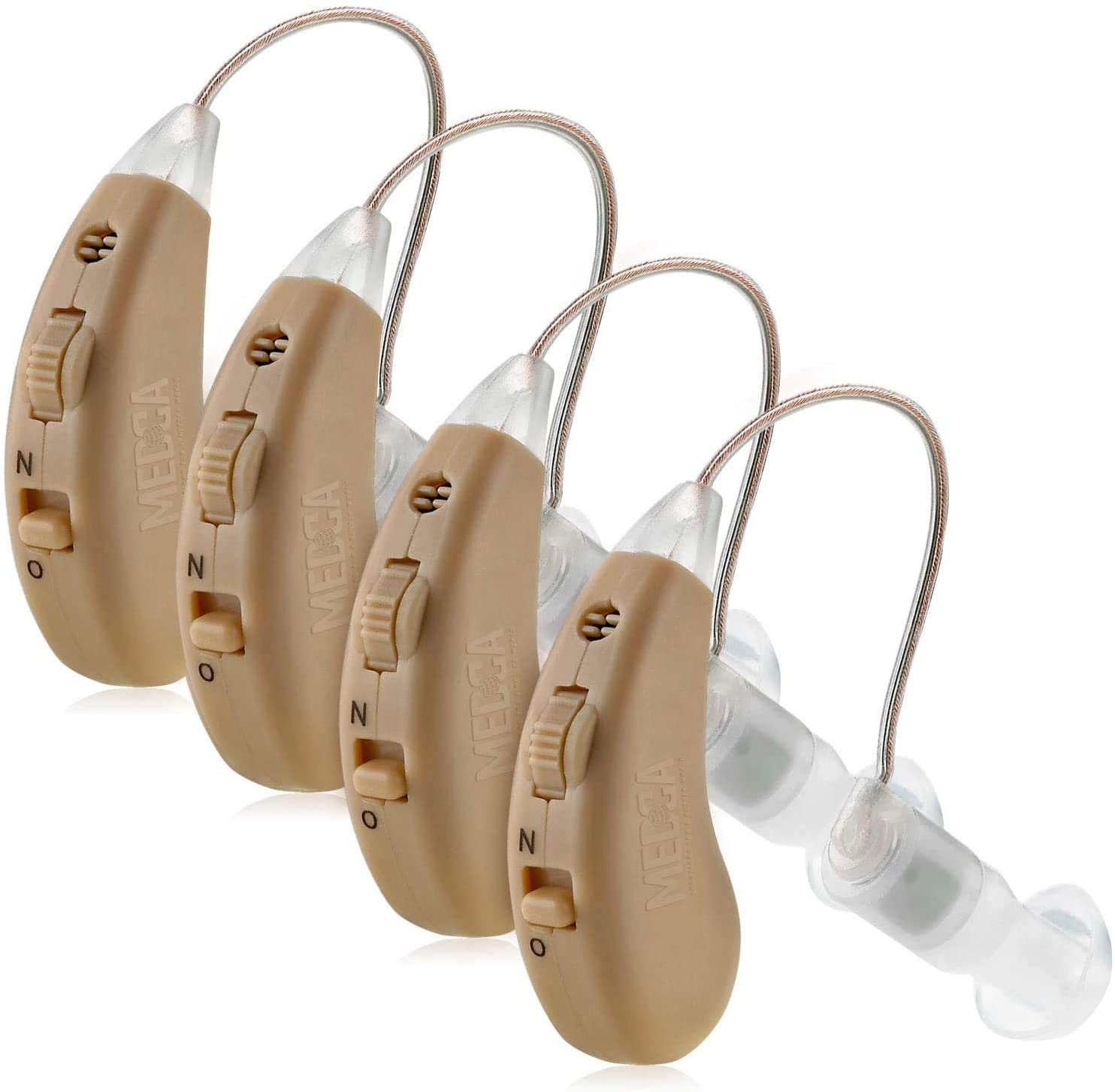Table of Contents
ToggleAre you tired of constantly adjusting the volume on your hearing aid to suit different environments? If so, a volume control hearing aid might be just what you need! Imagine having the freedom to easily adjust the volume levels based on your surroundings without any hassle. In this blog post, we will explore why investing in this type of device could significantly improve your quality of life. Let’s dive in and discover the benefits, types, and factors to consider when choosing one, as well as how to use and care for these innovative devices.
Benefits of Volume Control Hearing Aids
This hearing device offers a range of benefits for individuals with hearing loss. One significant advantage is the ability to adjust the volume based on specific environments or personal preferences. This feature allows users to fine-tune their hearing experience for optimal comfort and clarity.
By having control over the volume, users can easily adapt to different listening situations without feeling overwhelmed or missing out on important sounds. Whether in a noisy restaurant or a quiet library, having the flexibility to adjust the volume can greatly enhance communication and the overall quality of life.
Moreover, it can help reduce background noise interference, making it easier for users to focus on conversations and other sounds they want to hear. This improved signal-to-noise ratio can lead to better speech understanding and less strain when trying to follow discussions in challenging environments.
Types of Volume Control Hearing Aids
When it comes to this type of hearing device, there are different types available to cater to individual needs and preferences.
One common type is the in-the-ear (ITE) hearing aid, which fits snugly inside the ear canal and offers discreet amplification. Behind-the-ear (BTE) models are larger but provide powerful sound amplification, making them suitable for severe hearing loss.
For those looking for a balance between size and performance, in-the-canal (ITC) or completely-in-canal (CIC) hearing aids may be ideal options. These styles offer a good compromise between visibility and functionality.
Receiver-in-canal (RIC) hearing aids separate the receiver from the main body of the device, allowing for a more natural sound experience without compromising on power.
Choosing the right type of volume control hearing device depends on factors like lifestyle, degree of hearing loss, dexterity, and cosmetic preferences. It’s essential to consult with an audiologist or hearing care professional to determine the best option for your specific needs.
Factors to Consider When Choosing a Volume Control Hearing Aid
When choosing this type of hearing device, it’s important to consider your specific hearing needs. Different models offer varying levels of amplification and customization options tailored to your preferences.
Another crucial factor is the design and comfort of the device. Look for a hearing aid that fits securely and comfortably in or behind your ear for long-lasting wear without discomfort.
Consider the battery life of the hearing aid as well. Opt for a model with a battery that suits your lifestyle, whether you prefer rechargeable options or traditional disposable batteries.
Additionally, think about additional features such as Bluetooth connectivity or telecoil compatibility if these are important to you. These extra functionalities can enhance your overall hearing experience in various environments.
Don’t forget to consult with an audiologist before making a decision. They can provide valuable insights based on your unique hearing profile and recommend the most suitable volume control hearing device for you.
How to Use and Care for a Volume Control Hearing Aid
Using and caring for this type of hearing device is crucial to ensuring its optimal performance. Begin by familiarizing yourself with the device’s controls, especially the volume adjustment feature. Adjust the volume gradually until you find a comfortable level suitable for your hearing needs.
Remember to turn off your hearing aid when not in use to conserve battery life. Clean your device regularly using a soft, dry cloth to remove any earwax or debris that may accumulate over time. Avoid exposing it to moisture or extreme temperatures, as this can damage the sensitive components.
Store your hearing aid in a safe place, away from children and pets, to prevent accidental damage. Schedule regular check-ups with your audiologist for professional maintenance and adjustments, if needed. By following these simple steps, you can prolong the lifespan of this hearing device and continue benefiting from clear sound quality throughout your day.
Summary
Investing in a volume control hearing aid can significantly improve the quality of life for individuals with hearing loss. These devices provide flexibility and convenience by allowing users to adjust the sound levels according to their specific needs and environments. With various types available on the market, it’s essential to consider factors like comfort, functionality, and lifestyle when choosing the right one.
Remember to consult with a healthcare professional or audiologist before making a decision, as they can help determine the best option based on your unique requirements. By properly using and caring for this hearing device, you can enjoy clearer sounds and enhanced communication experiences.
Embrace the benefits of modern technology and take control of your hearing health today with a volume control hearing device.




